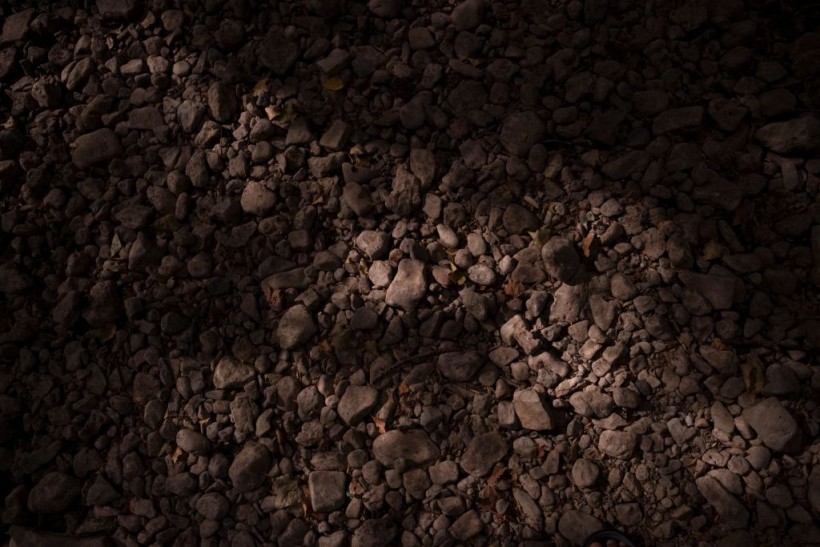Carbon capture is a proposed technology that aims to reduce the amount of carbon dioxide (CO2) in the atmosphere, which is one of the main drivers of global warming and climate change.
It involves capturing CO2 from power plants, industrial sources, or directly from the air, and storing it underground or using it for other purposes.
Moreover, it is seen as a potential way to mitigate the negative impacts of climate change, such as rising temperatures, melting ice caps, sea level rise, and extreme weather events.
However, a new study from the University of Virginia and other institutions suggested that carbon capture may not be able to reverse some of the effects of climate change, especially for regions that are prone to drought and heat.
The study, published in the journal Science Advances, used a computer model to simulate how the atmospheric circulation and precipitation patterns would respond to carbon capture in different scenarios.
How does carbon capture affect the atmospheric circulation?
 (Photo : JORGE GUERRERO/AFP via Getty Images)
(Photo : JORGE GUERRERO/AFP via Getty Images)

Atmospheric circulation is the large-scale movement of air in the atmosphere, driven by differences in temperature, pressure, and moisture, as per Phys.org.
One of the major features of atmospheric circulation is the Hadley Cell, which is a loop of air that rises near the equator and sinks in the subtropics.
The Hadley Cell creates a band of low pressure and high rainfall near the equator, and a band of high pressure and low rainfall in the subtropics.
It also influences the trade winds, which blow from east to west near the equator.
The study found that increasing CO2 levels in the atmosphere causes the Hadley Cell to expand and shift poleward, meaning that it covers a larger area and moves closer to the poles.
This expansion and shift reduces rainfall and increases dryness in some subtropical regions, such as the U.S. Southwest, Northern Mexico, and the Mediterranean Sea region.
These regions are already experiencing severe droughts and heat waves, which are expected to worsen with climate change.
The study then examined what would happen if CO2 levels were reduced by carbon capture.
The researchers used a computer model to quadruple the amount of CO2 in the atmosphere, then remove it gradually over time.
They found that removing CO2 did not restore the Hadley Cell to its original size and position. Instead, the Hadley Cell remained expanded and shifted, resulting in persistent dryness and heat in some subtropical regions.
Also Read: First Carbon Capture and Storage Project in Japan Now Enters its Planning Stage
Why does carbon capture fail to restore rainfall in some regions?
The researchers explained that carbon capture fails to restore rainfall in some regions because of two factors: hysteresis and asymmetry
Hysteresis is a phenomenon where the response of a system depends not only on its current state but also on its past state, as per UVAToday.
In this case, the response of the Hadley Cell to CO2 removal depends on how much CO2 was added before. The more CO2 was added, the more difficult it is to reverse its effects.
Asymmetry is a phenomenon where the response of a system is not equal or opposite to its cause.
In this case, the response of the Hadley Cell to CO2 removal is not symmetrical to its response to CO2 addition.
This is because CO2 affects other factors that influence the Hadley Cell, such as sea surface temperature, land surface temperature, and snow cover.
These factors have different responses and feedback to CO2 changes, creating an imbalance between hemispheres.
The combination of hysteresis and asymmetry means that carbon capture cannot undo some of the changes caused by CO2 addition, especially for regions that are sensitive to shifts in precipitation patterns.
The study warned that these regions may face irreversible impacts from climate change, even if carbon capture measures are implemented.
What are the implications of this study?
This study has important implications for climate policy and adaptation strategies.
It suggested that carbon capture may not be sufficient or effective to prevent or reverse some of the consequences of climate change, such as droughts and heat waves.
Therefore, other measures are needed to reduce greenhouse gas emissions and limit global warming as much as possible.
The study also highlighted the need for more research on how carbon capture affects different aspects of the climate system, such as clouds, aerosols, vegetation, and soil moisture.
These factors may have complex interactions and feedback with carbon capture that are not fully understood or captured by current models.
Finally, the study calls for more attention and support for regions that are vulnerable to climate change impacts, especially those that may face irreversible changes due to carbon capture limitations.
These regions may need more resources and assistance to cope with water scarcity, food insecurity, health risks, and social conflicts caused by climate change.
Related article: New Carbon Capture Method is the Best of Both Worlds
© 2024 NatureWorldNews.com All rights reserved. Do not reproduce without permission.





